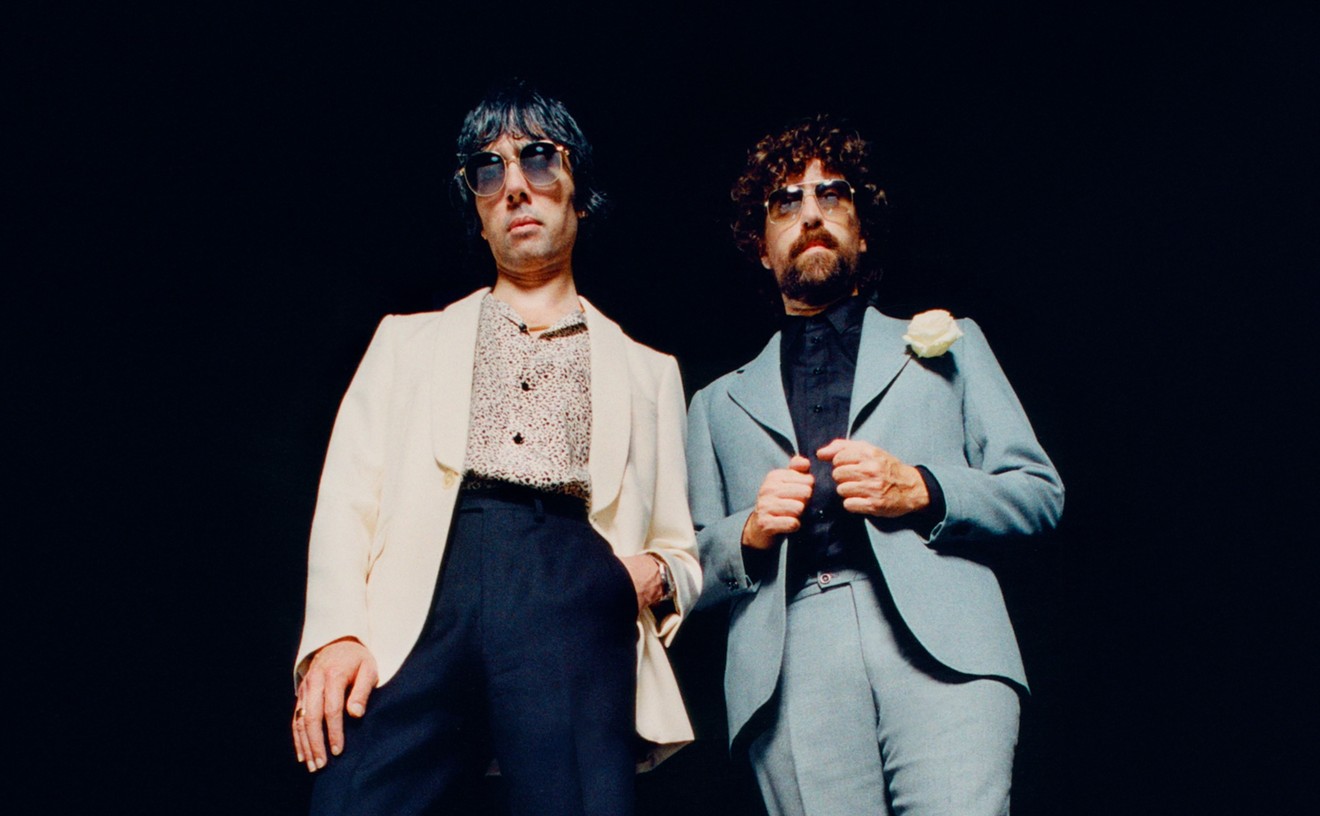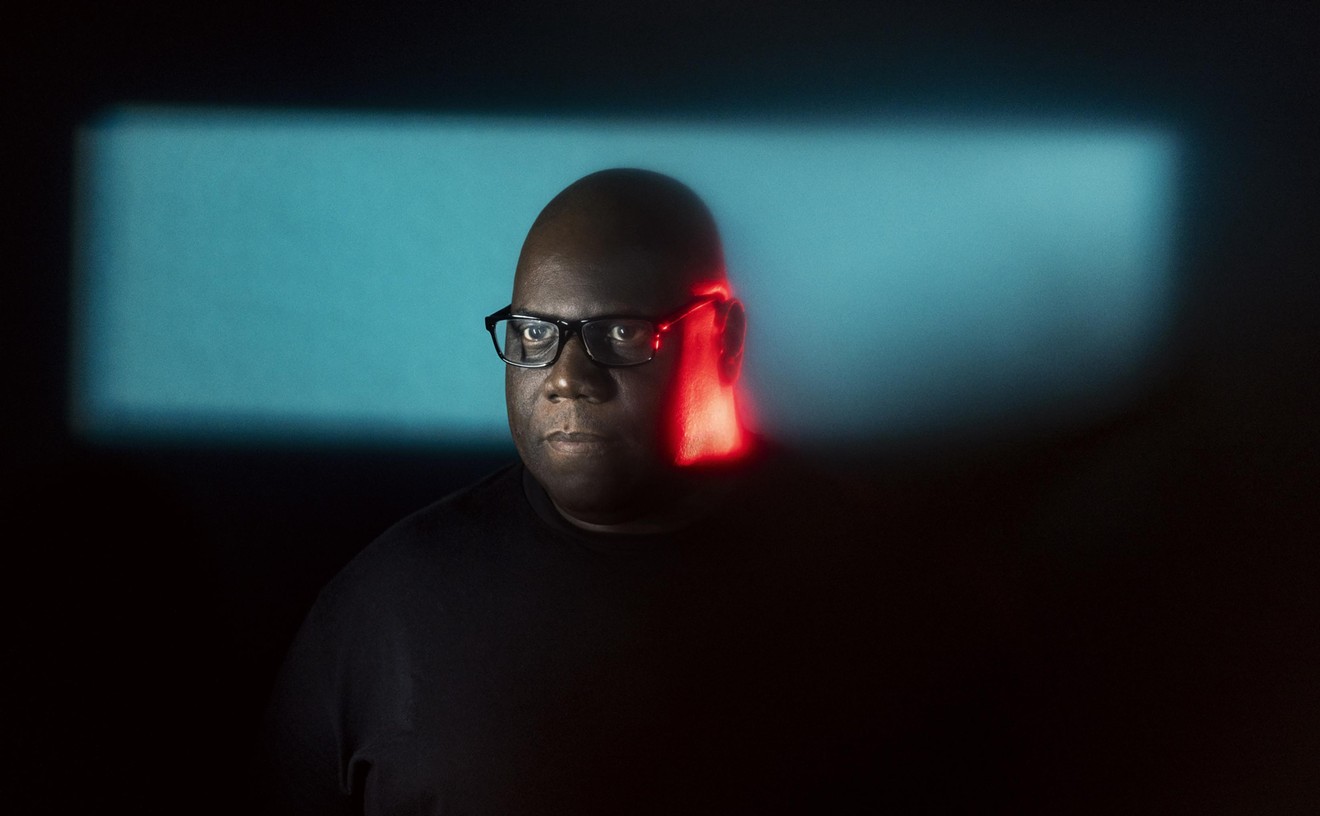But the rest of the set fast-forwards to 1984 and beyond, and the contrast with the 1970s group is striking. With the exception of an orchestral set led by Quincy Jones from 1989, featuring solid if unspectacular versions of Davis's classic collaborations with Gil Evans (previously released as Miles and Quincy at Montreaux), the live sets from this period offer unending backbeats and walls of syrupy synthesizers that must have sounded dated even back then. Not that there isn't some genuinely good playing -- the often-thrilling soloing by saxophonists Kenny Garrett and Bob Berg and guitarists John Scofield and Robben Ford showed that Miles hadn't lost his touch for grabbing the best young musicians for his bands. His knack for picking the right material, however, had faded: The nine versions of Cyndi Lauper's "Time After Time" and seven of Michael Jackson's "Human Nature," despite some lyrical trumpet-playing in spots, don't particularly make the case for being worthy of Davis's interpretive talent. Davis's own playing, however, is generally stronger than most critics have credited him for during this period, with his beautiful solos in spots like "New Blues" from 1990 and "Star People" from 1984 showing that he was still capable of elegant, lyrical statements on his horn.
The set's packaging is top-notch -- the accompanying booklet, with reprints of several of Miles's original paintings and gorgeous photos of the trumpeter over the years, is a marvel. Even more marvelous is the opportunity to finally hear in detail Miles's working band from his last decade, which means the set will likely please Milesophiles who have been without this kind of comprehensive overview until now. Those wary of the kind of smooth jazz-funk that Miles was displaying in this period, however, may find that the chaff outweighs the wheat.










